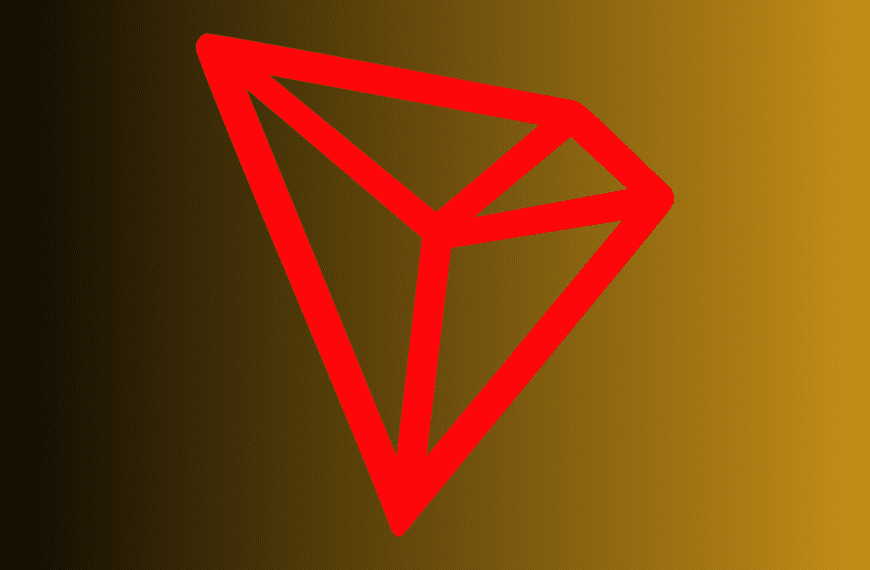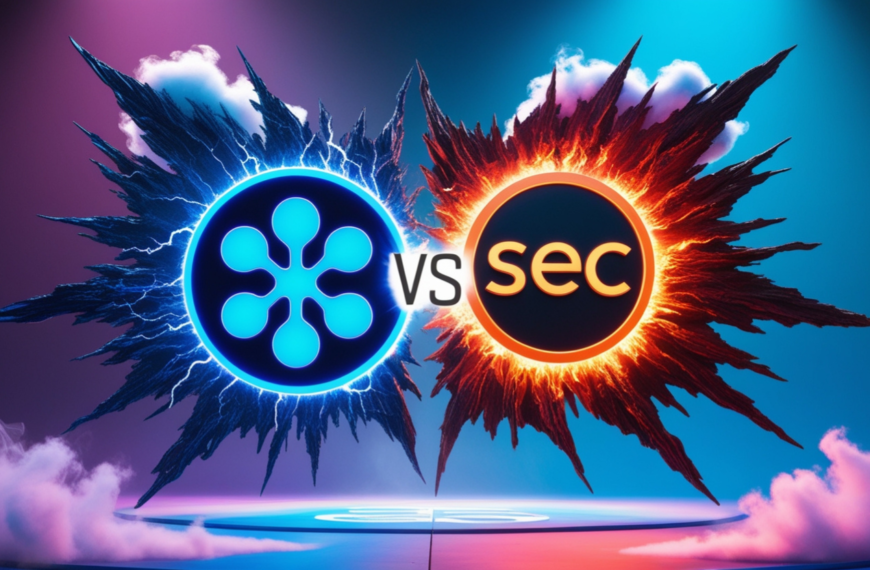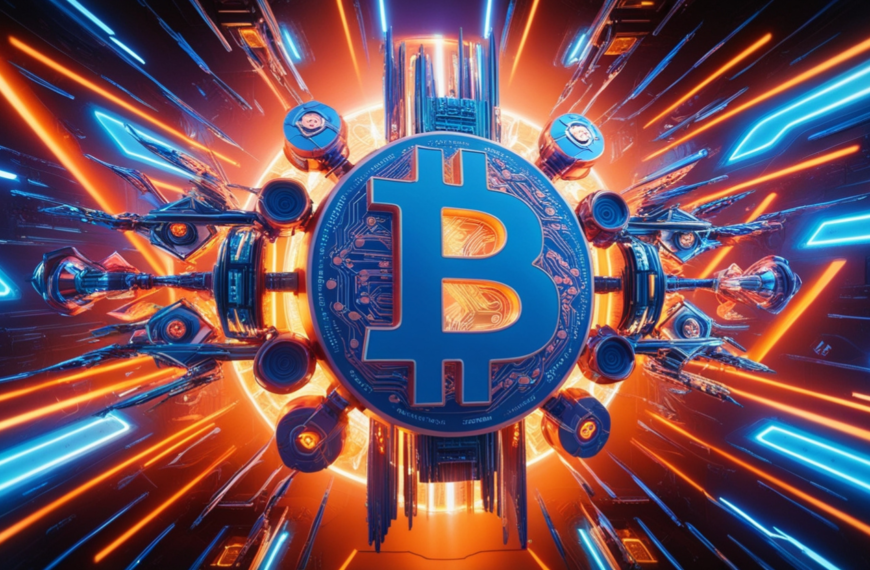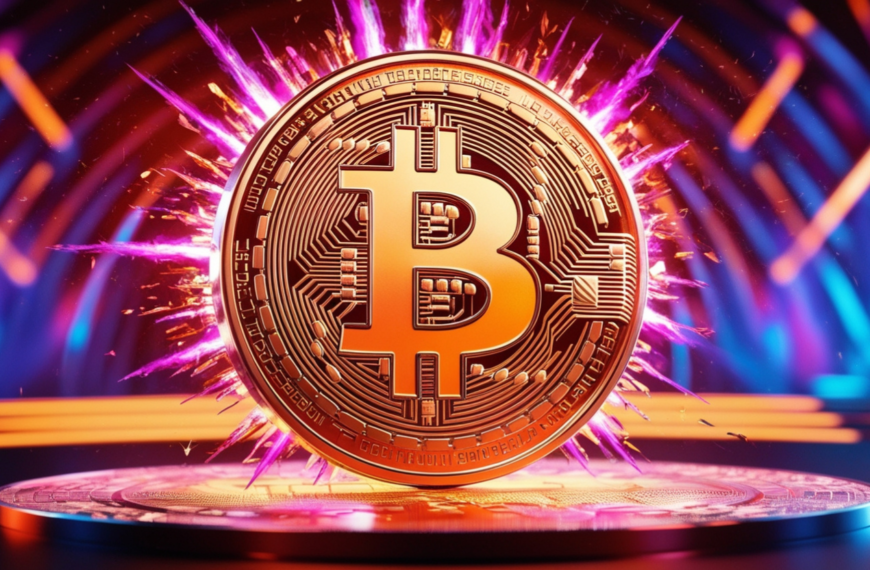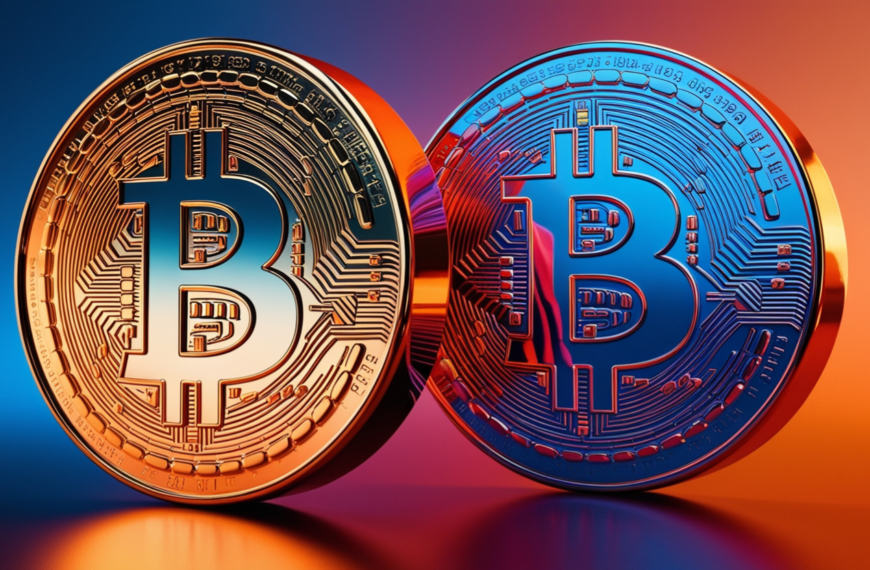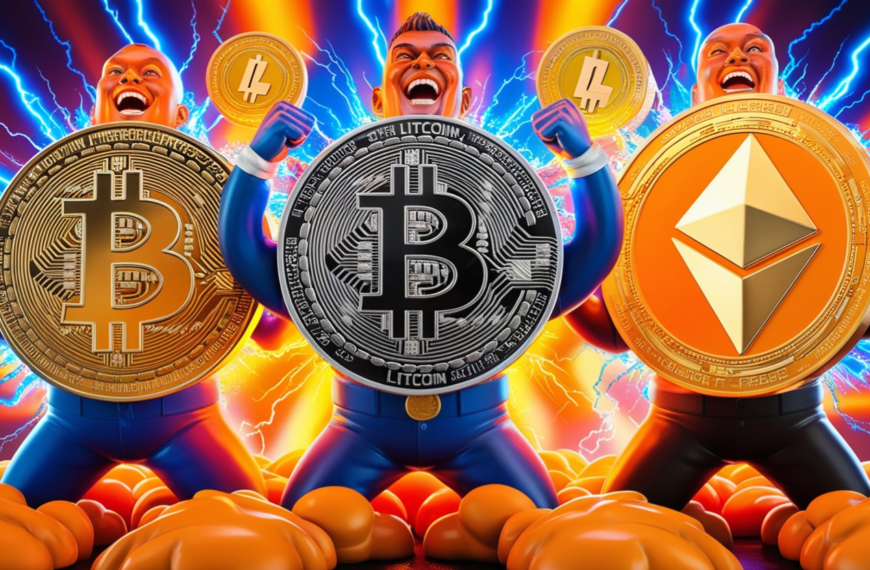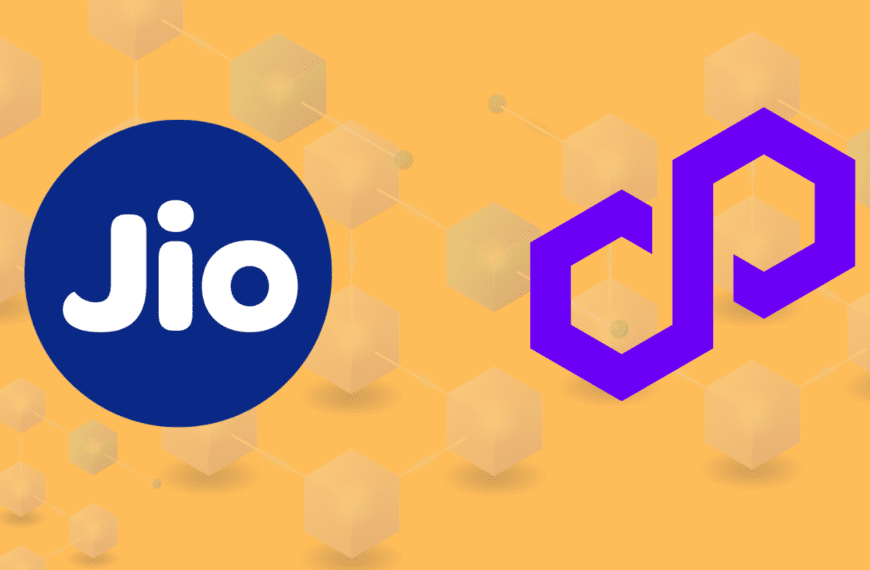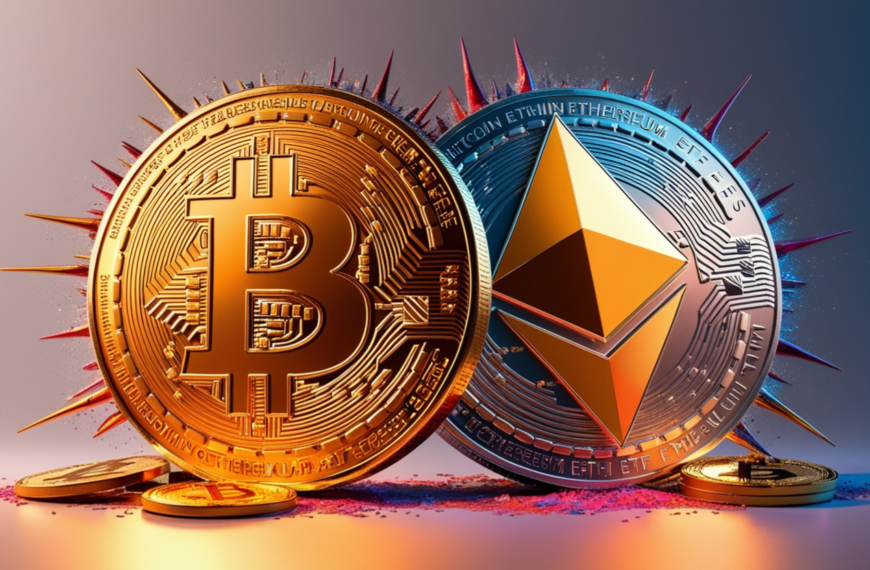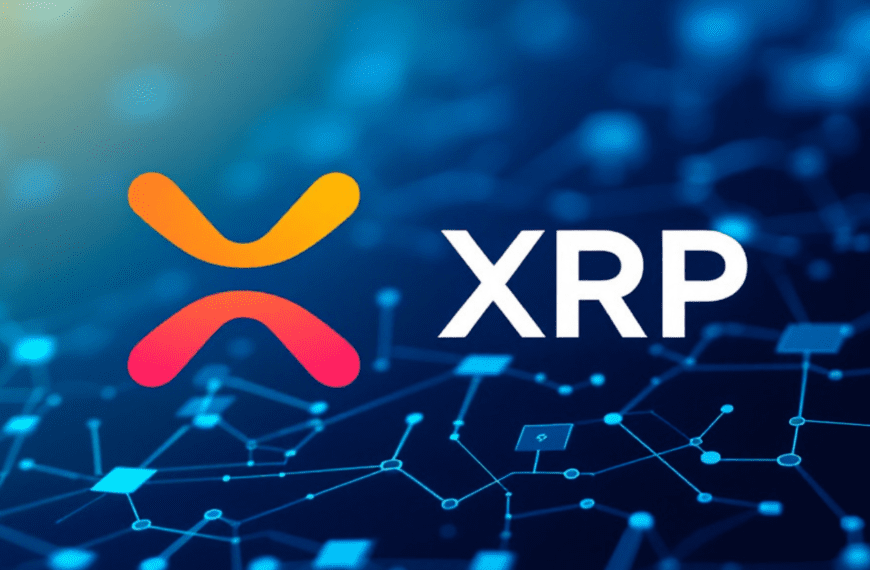Litecoin is one of the most popular cryptocurrencies in the world today. It is often compared to Bitcoin because both are similar in many ways, but there are also some key differences. Litecoin has been around for a long time, and its creators aimed to build a better and faster version of Bitcoin. In this article, we will explore what Litecoin is, how it works, and its real-world use cases.
What is Litecoin?
Litecoin was created by Charlie Lee in 2011. Charlie Lee is a former Google engineer and computer scientist who wanted to create a digital currency that was faster and cheaper to use than Bitcoin. Litecoin is often referred to as the “silver to Bitcoin’s gold.” While Bitcoin is the most famous and valuable cryptocurrency, Litecoin has carved out a significant place in the market as a reliable alternative.
Like Bitcoin, Litecoin is based on blockchain technology. A blockchain is a decentralized and distributed ledger that records all transactions. It is maintained by a network of computers (called nodes) that validate and store the data. This makes Litecoin secure and resistant to tampering or fraud.
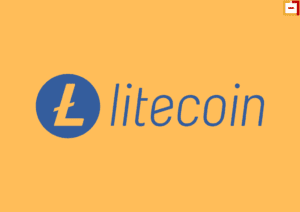
Key Features of Litecoin
To better understand how Litecoin works, let’s look at some of its key features.
- Faster Block Generation: One of the main differences between Litecoin and Bitcoin is the speed at which transactions are processed. Litecoin uses a faster block generation time of 2.5 minutes, compared to Bitcoin’s 10 minutes. This means that transactions on the Litecoin network are confirmed much faster.
- Lower Transaction Fees: Litecoin’s transaction fees are lower than Bitcoin’s. This makes it more cost-effective for users, especially for smaller transactions.
- Scrypt Algorithm: While Bitcoin uses the SHA-256 algorithm for mining, Litecoin uses the Scrypt algorithm. This algorithm was chosen because it requires more memory and is more resistant to specialized mining hardware (called ASICs), making it easier for regular users to mine Litecoin using their own computers.
- Maximum Supply: Like Bitcoin, Litecoin has a limited supply. There will only ever be 84 million Litecoin coins in existence. This scarcity helps to give the coin value over time.
- Decentralized Nature: Litecoin, like Bitcoin, operates on a decentralized network. This means that no central authority controls it. Transactions are validated by miners, who are rewarded with newly created Litecoin coins for their efforts.
How Does Litecoin Work?
Litecoin works in a similar way to other cryptocurrencies. It uses blockchain technology to keep track of transactions and ensure that they are secure. The process works as follows:
- Transaction Creation: When someone wants to send Litecoin to another person, they create a transaction on the network. This transaction is broadcast to the network for validation.
- Transaction Validation: The Litecoin network is made up of miners who use their computers to validate transactions. They check that the sender has enough Litecoin to complete the transaction and that the transaction follows the rules of the network.
- Mining: Once a miner validates a transaction, they bundle it into a new block. This new block is added to the blockchain, and the transaction is complete. Miners are rewarded with newly created Litecoin for their work.
- Security: Litecoin transactions are secure because they use advanced cryptography. Once a transaction is added to the blockchain, it cannot be changed or reversed without the consent of the network.
Litecoin vs. Bitcoin
While Litecoin and Bitcoin share many similarities, there are a few important differences between the two.
- Speed: As mentioned earlier, Litecoin transactions are confirmed much faster than Bitcoin transactions. This makes Litecoin a more practical option for everyday use.
- Mining: Litecoin uses the Scrypt algorithm for mining, while Bitcoin uses SHA-256. This difference makes Litecoin mining more accessible to ordinary users, as it requires less computational power and can be done with regular personal computers.
- Supply: Bitcoin’s maximum supply is capped at 21 million coins, while Litecoin’s cap is 84 million. This larger supply means that Litecoin could be more accessible and cheaper for users in the future.
- Adoption and Recognition: Bitcoin has greater recognition and adoption than Litecoin. However, Litecoin is still considered one of the top cryptocurrencies and is widely accepted by merchants and exchanges.
Real-World Use Cases of Litecoin
Now that we have a better understanding of what Litecoin is, let’s look at some of its real-world use cases. Litecoin is more than just a digital asset; it has practical applications that make it useful in the real world.
1. As a Payment Method
One of the primary uses of Litecoin is as a payment method. Just like Bitcoin, Litecoin can be used to send and receive money over the internet. Because of its faster transaction speeds and lower fees, Litecoin is often chosen for smaller, everyday transactions.
Merchants around the world accept Litecoin as a form of payment. There are many online stores, platforms, and even physical stores that allow customers to pay with Litecoin. This makes Litecoin a viable alternative to traditional payment methods, such as credit cards or PayPal.
For example, you can use Litecoin to pay for goods and services at various online retailers like Overstock, Newegg, and even some travel services. Litecoin’s widespread adoption means that it can be used for a wide range of purchases, from electronics to clothing.
2. Cross-Border Payments and Remittances
Sending money across borders has traditionally been a slow and expensive process. Banks and money transfer services often charge high fees and take several days to process international transfers. With Litecoin, cross-border payments can be completed in a matter of minutes at a fraction of the cost.
This makes Litecoin an attractive option for people who need to send money to family members or friends in other countries. It also benefits businesses that need to make international payments quickly and cheaply. With the rise of cryptocurrency adoption, many remittance services are integrating Litecoin and other cryptocurrencies into their platforms, making it easier for people around the world to send and receive money.
3. Investment and Store of Value
Many people view Litecoin as a store of value or a form of investment. Similar to Bitcoin, Litecoin’s limited supply means that it can potentially increase in value over time. Investors purchase Litecoin with the hope that its price will rise, allowing them to sell it for a profit in the future.
While Litecoin may not have the same level of recognition as Bitcoin, it is still considered a reliable digital asset by many investors. It is often seen as a way to diversify an investment portfolio, as it behaves differently from traditional assets like stocks and bonds.
Litecoin has also gained popularity as a “safe haven” asset, similar to how gold is viewed. When markets are volatile, investors may turn to Litecoin and other cryptocurrencies to hedge against potential losses.
4. Decentralized Finance (DeFi)
DeFi refers to financial services that operate without the need for traditional banks or financial institutions. It includes things like lending, borrowing, and trading, all of which are done using smart contracts on blockchain networks. While Ethereum is the dominant blockchain for DeFi applications, Litecoin is also being integrated into the DeFi space.
Several DeFi platforms have begun to support Litecoin, allowing users to participate in decentralized lending, staking, and liquidity pools. This is another way in which Litecoin can be used beyond simple transactions and investments.
5. Microtransactions
Because Litecoin has lower transaction fees than Bitcoin, it is often used for microtransactions. These are small payments, typically under a few dollars, that would not be practical using traditional payment methods due to high fees.
Microtransactions can be used for various purposes, such as tipping content creators online, paying for small in-game purchases, or donating to charity. Litecoin’s fast and inexpensive transactions make it an ideal choice for these kinds of small payments.
Also Read: Tron Real World Use Cases
6. Blockchain Development and Smart Contracts
While Litecoin is primarily known as a payment system, it also supports blockchain development and smart contracts. Over time, the Litecoin network has evolved to include features like the Lightning Network, which helps scale the network for faster and cheaper transactions.
In the future, Litecoin could become a more robust platform for decentralized applications (dApps) and smart contracts. As developers continue to experiment with Litecoin’s capabilities, it could become an essential part of the broader blockchain ecosystem.
Conclusion
Litecoin is a versatile and valuable cryptocurrency that has been around for over a decade. While it shares many similarities with Bitcoin, its faster transaction speeds, lower fees, and wider adoption make it a great alternative for a wide range of real-world use cases. Whether it’s for everyday payments, cross-border transfers, or investment, Litecoin offers a variety of practical benefits to users around the world.
Disclaimer: The content provided here is for educational purposes only and is intended to raise awareness about cryptocurrency and blockchain technology. It should not be considered as financial or investment advice. Before investing in any cryptocurrency or token, we strongly encourage you to conduct thorough research, understand the associated risks, and make informed decisions (DYOR – Do Your Own Research). For detailed guidance, consult a qualified financial advisor.



